AN ABDUCTION, A LION AND A GOSPEL by Joan Foo Mahony
Smitten By Faith Issue # 00062 April 29th 2023
Just a few days ago, on April 25th, Catholics, Christians and the Coptic Orthodox Church celebrated the very momentous feast day of Saint Mark the Evangelist. Among the seventy disciples of Jesus Christ, St. Mark was crucially ( together with Peter, Paul and Barnabas ) one of the first missionaries to preach the good news about Jesus Christ the Messiah to the Gentile world beyond the Jewish land of Israel. Saint Mark’s contribution to the growth of the early Christian church ( including the founding of what later became the Coptic Orthodox Church in Alexandria, Egypt) is immense and immeasurable.
Mark was one of the four evangelists – Mark, Matthew, Luke and John who wrote the four Gospels of the New Testament. Written in Greek, the Gospel of Mark is believed to be the earliest of all the Gospels. As the closest disciple, travelling companion and interpreter to St. Peter, the founder of the Church in Rome, it must have been St. Peter with his personal and intimate knowledge of Jesus Christ, who provided Mark with the details of the life and death of Jesus Christ and passing of an oral tradition - which Mark put in writing. So that forty years after the death of Jesus Christ, the Gospel of St. Mark was the first-ever written narrative of the life and death of Jesus Christ as the Messiah of mankind. Mark wrote his Gospel during the many years of his missionary work with not just St. Peter but also separately with St. Paul the Evangelist and also with St. Barnabas – travelling with them all over Italy, Asia Minor and Alexandria – and finished ( before Mark’s gruesome martyrdom) in 68 CE .
AN ABDUCTION
On St. Mark’s Feast Day, as I meditated quietly on the life and martyrdom of this great saint, missionary and author, I pictured in front of me, the intense and magnificent oil painting by the Renaissance artist, Jacobo Tintoretto, ‘The Removal of the Body of St Mark to Venice’
Above : ‘The Removal of the Body of St. Mark to Venice’ by the great Venetian Renaissance artist Jacopo Tintoretto; Oil on Canvas painted between 1562-1566; Gallerie dell’Academia, Venice.
The story of the abduction of St. Mark’s body by two Venetian merchants from its hiding place in Alexandria more than 800 years after his martyrdom in 68 CE is the stuff of melodrama and embedded not only in Christian records of antiquity but also in the historical narratives of the great Italian city, Venice. Today, Tintoretto’s many Renaissance masterpieces painted in the 16th Century give credence to Venice’s many impressive Byzantine and Renaissance palaces and churches - none more so than this dramatic painting in which Tintoretto has painted into the background, Venice with its large square of St Mark and its historic and imposing Basilica of St. Mark. Commissioned to do a painting for Venice to mark this great drama of the relics of St, Mark coming to Venice, Tintoretto painted with incredible artistic license and imagination. In fact, he even replaced the background of the burning pyre from Alexandria of 68 CE to the Venice of 828 CE.
Above top : St. Mark’s Basilica in Venice. One of the most amazing Byzantine churches in the world next to the Piazza or St. Mark’s Square.
Above : With 8,000 sq. metres of real golden mosaics and jewelled treasures, St Marks Basilica is also known as the ‘Golden Church.’ Absolutely stunning !
Above : ‘The Piazza San Marco’ by the great Italian painter, Canaletto ( Giovanni Antonio Canal ) ; late 1720s; Metropolitan Museum of Art, New York. Canaletto was a great Venetian 18th century artist who painted many views of his beloved Venice. This oil on canvas shows one of the city's most emblematic locations, the Piazza San Marco and the Basilica of St. Mark.
Why Venice ? Why did the Venetians want the body ( the relics actually ) of St. Mark to the extent of abducting it 800 years after his horrific martyrdom ? Here is a little Vignette which could provide one of the answers. When Mark and Peter were preaching in Italy, their boat landed in some islands in the same lagoon where the city of Venice now is. According to legend, an Angel appeared to Mark and said: “Pax tibi, Marce, evangelista meus. Hic requiescet corpus tuum” which means “Peace to you, Mark, my evangelist. Here will your body rest.”
Not surprisingly, this prophecy is today the motto of the Venetian state.
But I run ahead of myself. Rest your eyes again on the Tintoretto painting above. You can see in the background a burning pyre. After the terrible martyrdom of St Mark in 68 CE, when Mark’s body was dragged through the streets of Alexandria and torn to bits, the pagans tried to burn his broken body but they were thwarted thanks to a sudden miraculous hailstorm which sent the mob fleeing. In the painting, you can see the burning pyre against the backdrop of 9thcentury Venice instead of Alexandria in the 1st century. And you see the angry sky – a vivid red with black storm clouds, thunder and lightning.
So what happened next ? For this, we will start at the beginning of the life of Saint Mark, this pure disciple of Christ who had no doubts that his mission was to write the Messianic narrative of Jesus Christ and preach this outside Israel.
Above : St. Mark - a beautiful oil on canvas by the Italian artist, Guido Reni 1575-1642, early Baroque period
St. Mark was born in 5 CE in Cyrene, a city in Petapolis, North Africa which is now Libya. His wealthy parents, Aristopolus and Mary were Jewish. It was a cultivated household and John Mark ( as he was called then) grew up speaking Hebrew, Greek and Latin. Later, the family moved to Jerusalem where Mark and his parents very soon became followers of Jesus during the time when Jesus Christ began his public ministry. Mark’s cousin was St. Barnabas who was one of Jesus’ disciples and who, after the Resurrection of Christ, went out to preach to the Gentiles together with Paul the Evangelist. St. Peter was the cousin of Mark’s father Aristopolus. According to the Coptic Church, it is believed that it was also at Aristopolus, Mary and Mark family’s Upper Room where at the Passover, the last supper of Jesus and the Apostles took place and that this Upper Room was also the same place where Jesus appeared to the Apostles after his Resurrection.
So, did the young man Mark actually meet and know Jesus ? There is no hard evidence to say he actually did, but there is a lot of conjecture that he must have. Mark must have also witnessed some of Jesus Christ’s miracles and attended some teachings himself – even standing among the crowds. For sure, the young Mark was always associated with Jesus who choose him as one of the seventy- two disciples. Luke’s Gospel ( Luke 10:1 ) confirms that Mark the Evangelist was one of the seventy-two Disciples sent out by Christ.
“After this the Lord appointed seventy-two others and sent them on ahead of him, two by two, into every town and place where he himself was about to go.”
(Luke 10:1 )
“ On the first day of the Festival of Unleavened Bread, when it was customary to sacrifice the Passover lamb, Jesus’ disciples asked him, ‘Where do you want us to go and make preparations for you to eat the Passover?’ So he sent two of his disciples, telling them, ‘Go into the city, and a man carrying a jar of water will meet you. Follow him. Say to the owner of the house he enters, ‘The Teacher asks: Where is my guest room, where I may eat the Passover with my disciples?’ He will show you a large room upstairs, furnished and ready. Make preparations for us there.”
( Mark : 14: 12-14)
In the above Gospel passage about the house where the Last Supper took place, was the young boy who carried water to his family house Mark himself ? In the Gospel of Mark, he never names himself. But he could have been speaking about himself.
And later, during the sad last week of the life of Jesus, during the Passion of Christ, was Mark the young man who ran away naked when Jesus was arrested ?
“ After they seized Jesus and began to lead Him away …. Now a certain young man followed Him, wearing nothing but a linen cloth thrown around his naked body. When they seized him, he left the linen cloth and fled from them naked”
(Mark 14:51-52).
As for Mark’s connection with the Apostle Peter, as mentioned earlier Peter was a cousin of Aristopolus, Mark’s father. In any event, Peter was also a friend with a tremendous spiritual influence on Mark who obviously learnt all about Jesus Christ and his ministry from Peter himself who knew him well.
In fact, after the crucifixion, death and resurrection of Jesus Christ, Mark was one of the earliest missionaries – together with Barnabas and Paul - to go out to Antioch, Seleucia, Cyprus, Salamis, and Perga Pamphylia and openly proclaim Jesus Christ as the Messiah, converting so many of the early Christians. At all times during their missions, Mark remained close to Peter and was known as Peter’s closest disciple, travelling companion and interpreter. For sure, Mark’s writing about the mission of Jesus has credibility from Peter. Peter with Mark as his closest disciple and interpreter went to Antioch, Pontus, Galatia, Cappadocia ( 1 Peter, 1:1). They then arrived in Rome in 42CE for Peter’s tryst with destiny and martyrdom. During this missionary period Mark the Evangelist started writing the Gospel according to Mark, before he left for Alexandria for his own tryst with death.
Alexandria and the founding of the Coptic Orthodox Church
So now, we return to Alexandria in Egypt where St. Mark is known as the founder of the Church of Alexandria, today the Coptic Orthodox Church. As the founder, Mark is regarded as the first of their unbroken line of more than 117 patriarchs
Above : From 3 BCE to the Middles ages, this picture shows ancient Alexandria's colossal wonder- The Lighthouse which was 350 feet high, adorned with colossal pink granite statues, representing the Ptolemaic pharaohs and their queens. Enormous blocks of white limestone were used to build the lighthouse, which would have shined intensely under the Egyptian sun.
Founded in 331 BCE by Alexander the Great, Alexandria on the Mediterranean Sea was a major centre of Greek civilization. Mark travelled and spent many years here over a few trips, spreading the ‘good news’ of the Messiah converting many away from the Greco-Roman pagan Gods
Above : St. Mark Coptic Cathedral in Alexandria
Right : St. Mark Baptizing Anianus by Giovanni di- Niccolo Mansueti; Venetian painter ( 1465-1527); Pinacoteca Brera, Milan
Left : The Gruesome Martyrdom of St Mark by Malesskircher, Gabriel – Museo Thyssen Bonemizsa in Madrid
There is a lovely story about Mark and St. Anianus, the first Bishop of Alexandria who was ordained by Mark. On Mark’s first trip to Alexandria, it is said that he walked and preached so much that his shoes were totally worn out. Mark was led to a cobbler called Anianus who while repairing the shoes, accidentally cut his finger. The wound was deep and Anianus responded in pain with the involuntary cry : “Eis Theos” ( “Oh, One God )”. Mark’s surprise turned to joy when he heard this and he proceeded immediately to speak about the Messiah to this willing heart. Mark then applied some clay to Anianus’ wound and as he invoked the name of Jesus Christ, the wound healed immediately.
After that Anianus invited Mark to his home and Mark preached and baptized his family. It was not long before Mark’s following grew hugely and he converted hundreds in this pagan city. As Mark ordained more priests and deacons, there was undoubted animosity towards this stranger in their midst who threatened their Greek and Roman Gods with his preaching of the one true God and Messiah. Mark then built a church for the Christian congregation – the first Christian church - in the place known as Bokalia (‘The place of cows’) on the eastern shore of Alexandria.
However, things all came to head on 68 CE when as Mark and his Christian congregation were celebrating the joyous day of the Resurrection of Christ, an enraged mob of pagans rushed into the church and attacked St. Mark. This was also the same day as the feast of the pagan Greek god, Syrabis or Serapsis. The mob placed a huge rope around Mark’s neck and tied this to a horse’s tail and then dragged Mark all day through the streets of Alexandria. The pain must be unbearable for Mark. That night, the barely alive Mark was thrown into a dark cell. There an Angel appeared to Mark with the reassuring words: “Oh Mark, the good servant, rejoice for your name has been written in the book of life, and you have been counted among the congregation of the saints.” After this, Jesus appeared to Mark and he felt only bliss, joy and peace. Mark now had the grace of God to endure the second day when the mob took him out of the prison and repeated the brutal event of the first day – mercilessly dragging the limp body of Mark through the rocks and stones of the streets of Alexandria, tearing the rest of his bleeding flesh in his body to pieces before his merciful death. But this was not enough for the wicked pagans who then wanted to burn Mark’s body. So, they prepared a pyre but before they could burn the body, the heavens opened and a great storm occurred driving the entire frightened mob away. Mark’s followers then came and quickly removed Mark’s body from the pyre, hiding it away in secret at the Church.
Mark’s body stayed sacrosanct and unmolested at its secret hiding place in Alexandria for about 800 years – until 828 CE when the merchants of Venice decided to abduct his body to Venice ! Two Venetian merchants with help from some Greeks managed to smuggle out – in a barrel of pork fat – the remains of the body of Mark out of Alexandria to Venice. All was almost undone during the sea journey when a terrible storm hit the boat but miraculously the boat reached Venice where St. Mark’s body was ceremoniously received by the Doge of Venice who immediately ordered that a sepulchre be built at the Basilica of St. Mark where the relics lie today. The Copts believe that the head of St. Mark still remains in a church named after St Mark in Alexandria and that aside from the relics at St. Mark’s Basilica in Venice, there are still some relics of St. Mark which are now resting in St. Mark's Cathedral in Cairo.
THE WINGED LION
Centre : St. Mark writing the Gospel with his symbol, the Lion holding a scroll; 11th century; Metropolitan Museum of Art , New York. This ivory likely decorated the cover of a Gospel book. The abbreviated Latin inscription refers to the lines of Mark’s Gospel referring to John the Baptist: “I am the voice of one crying in the wilderness.”
Far Left : Winged Lion from the courtyard of the Doge’s Palace in Venice
Far Right - Winged Lion, west facade at St. Mark’s Basilica, Venice.
The winged lion is also a creature from mythology – a griffin or gryphon which is a composite of a lion and an eagle - two magnificent favourite creatures of the ancient Mediterranean world. The symbol of the winged lion is associated with Mark.
There are many stories of Mark and lions. A lion and lioness had appeared to Mark and his father Aristopolus while they were in Jordan. On seeing the lions, Aristopolus told his son to run while he held back the lions. But Mark said not to worry; that God would save them and he started to pray. At that point, the lion and the lioness dropped dead.
While taking refuge from a storm in Venice, an Angel appeared to Mark in the form of a lion with wings. In Mark’s Gospel, he refers to John the Baptist as a “voice crying in the wilderness” (Mark 1:3), like the roaring of a lion who is indeed the king of the jungle. The lion is also a symbol of nobility, courage and valour. Mark’s Gospel refers to the nobility of Jesus’ as God’s Son, surely an unparallel kingship.
SIGNIFICANCE OF MARK’S GOSPEL- JESUS AS THE MESSIAH – THE ESCHATOLOGICAL DELIVERER
All the four Gospels of Mark, Matthew, Luke and John show Jesus in his two aspects – as fully human and as fully divine. Before we speak about the significance of Mark’s Gospel, let us compare Mark’s Gospel to the other three Gospels that came after him.
Except for the Gospel of John whose content is quite different, the Gospels of Matthew ( written around 85 CE – 95 CE ) and Luke ( around 90 CE to 100 CE ) draw on significant parts of Mark’s version of the Gospel, hence the three Gospels of Mark, Matthew and Luke being also called the Synoptic Gospels because they include many of the same stories.
However, while Matthew begins with the Jewish genealogy of Jesus Christ – tracing Jesus from King David all the way back to Abraham, Luke also traces Jesus’ genealogy – but he goes all the way to back to Adam and creation since Luke’s audience was meant to be the entire Gentile world. Luke’s Gospel is also the longest and he begins with nativity stories – the birth of John the Baptist and then of Jesus Christ.
In the Gospel of John, the disciple whom Jesus most loved which was the last Gospel written in 100 CE - more than fifty years after Mark’s Gospel, the narrative of Jesus takes a very different form and is also known as the spiritual Gospel. John starts his Gospel with the exhilarating, sublime and profound line :
“ In the beginning was the Word, and the word was with God, and the word was God.”
John 1:1
John continues to tell the story of Jesus - all the while in symbolic ways as he repeats many of the stories already told by the three Gospels of Mark, Matthew and Luke before him. John’s purpose is for Christians to know Jesus Christ personally and then see his divinity.
On the other hand, with Mark, the “good news” already begins.
“ The beginning of the good news of Jesus the Messiah, the Son of God” ( Mark 1:1-11)
Mark’s Gospel is a call to action and he invites us to experience Jesus, the Son of God right-away as our eschatological deliverer, the Messiah. The opening lines of the Gospel of Mark is written so energetically, it sets the mood. Mark’s fervour and his unassailable faith is clear for all who read it. Mark writes the narrative of Jesus Christ not from the beginning of his life (unlike Matthew and Luke) ; Mark started at the end- the good news of the redeeming gift of the death and resurrection of Jesus Christ. Mark goes directly to the point – to the good news about Jesus Christ - as the Messiah of mankind, he does not waste words. In fact, Mark’s Gospel is the shortest of the four Gospels. Mark’s words run along with amazing speed and urgency. In fact, the Greek word ‘ euthus’ for ‘ immediately’ appears at least 41 times in Mark’s Gospel ! It is obvious that Mark wishes to emphasize the immediacy of all that Jesus, the Messiah had to do in his short time left on earth.
So – ‘euthus’ – immediately - unlike the Gospels of the other three evangelists, Mark does not describe Jesus’ genealogy, birth or youth; he goes straight to the period when Jesus is already an adult - when Jesus started preaching in Galilee and Mark ends just barely a few years later with Jesus entering Jerusalem, the last week of his life on earth and his crucifixion. The final third of Mark’s Gospel concentrates just on the passion of Jesus, the eschatological deliverer. Mark wants to show us that with death comes deliverance, salvation - the good news.
Mark shows us how death was part of the divine mission – that the Son of God – the Messiah - had to die to save mankind.
“He then began to teach them that the Son of Man must suffer many things and be rejected by the elders, the chief priests and the teachers of the law, and that he must be killed and after three days rise again.”
(Mark 8:31)
Thanks to the Gospel of Mark, we are able to – immediately – euthus – finally understand this.
______________________________________________________________________
Editor’s Note :
Dear Reader, thank you for reading this edition of SMITTEN BY FAITH.
ALL articles in every issue are FREE.
For those of you who upgraded to be a PAID Subscribers for US$ 60.00 a year, thank you so much ! All proceeds go to the Regina Apostolorum Foundation to promote Catholic higher education.
PAID Subscribers will also receive via Bitly link ( see the posts pinned above available only to paid subscribers ) the digital copy of the recent book by Joan Foo Mahony, ‘LATE HAVE I LOVED THEE’ and THE COLLECTED ARTICLES, VOLUME ONE 2021 and the recent VOLUME TWO 2022 of Smitten By Faith, a DIGITAL COMPILATION of all the previous years’ 2021 and 2022 articles.
Paid Subscribers will also soon receive the Bitly link to full contents of ALL the Letters From Yangchow : Letters I to III.
For paid subscribers, simply click on the relevant Bitly links to receive the publications.
Paid Subscribers will also receive additional exclusive material from time to time.







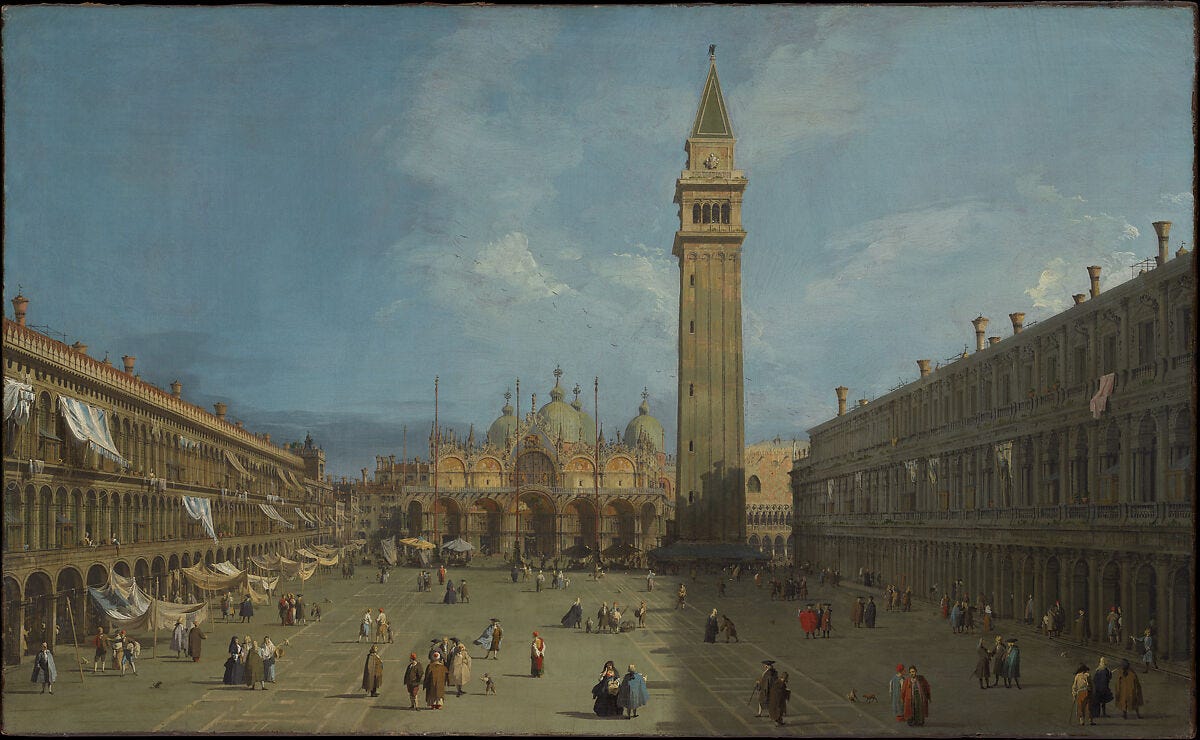
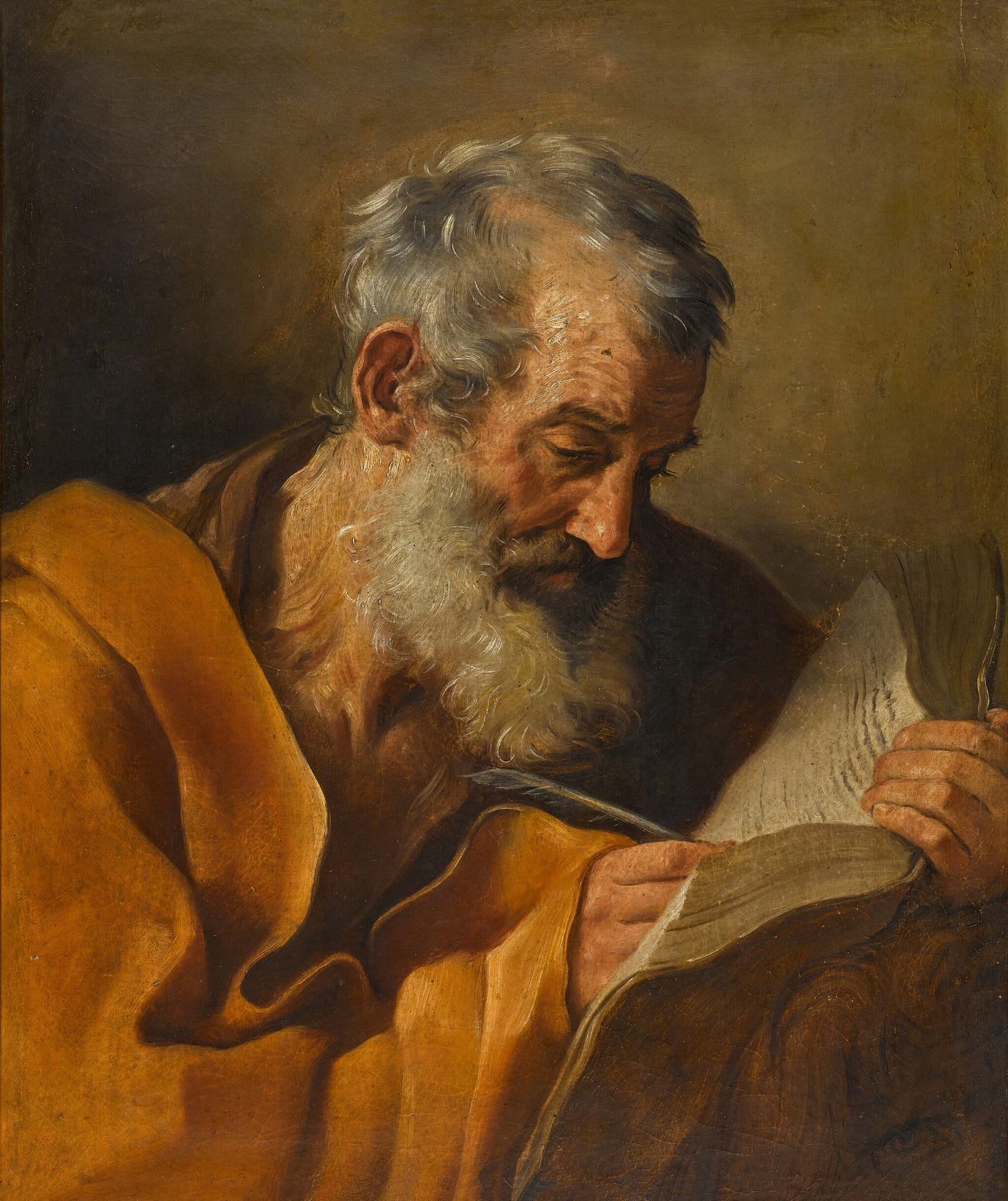
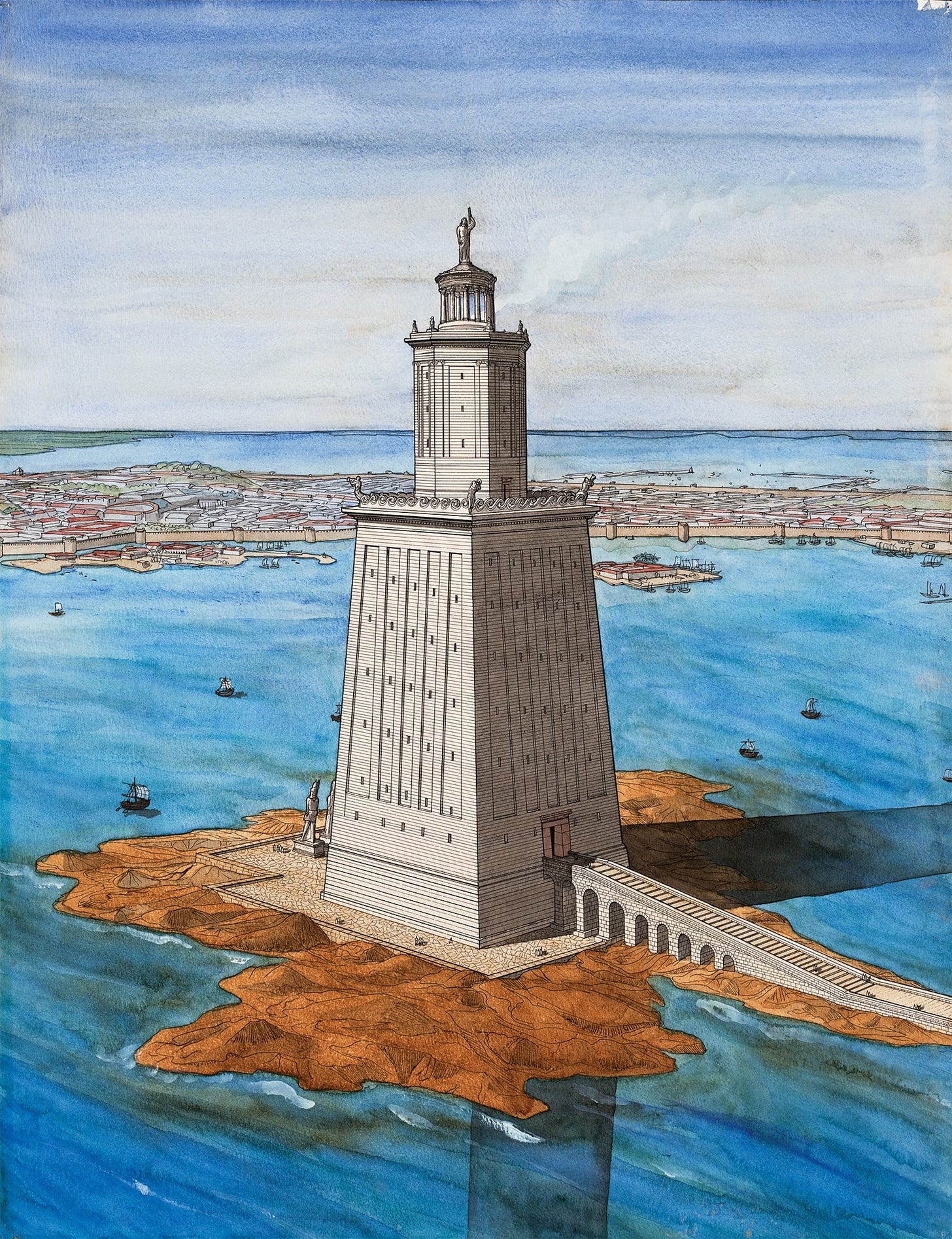
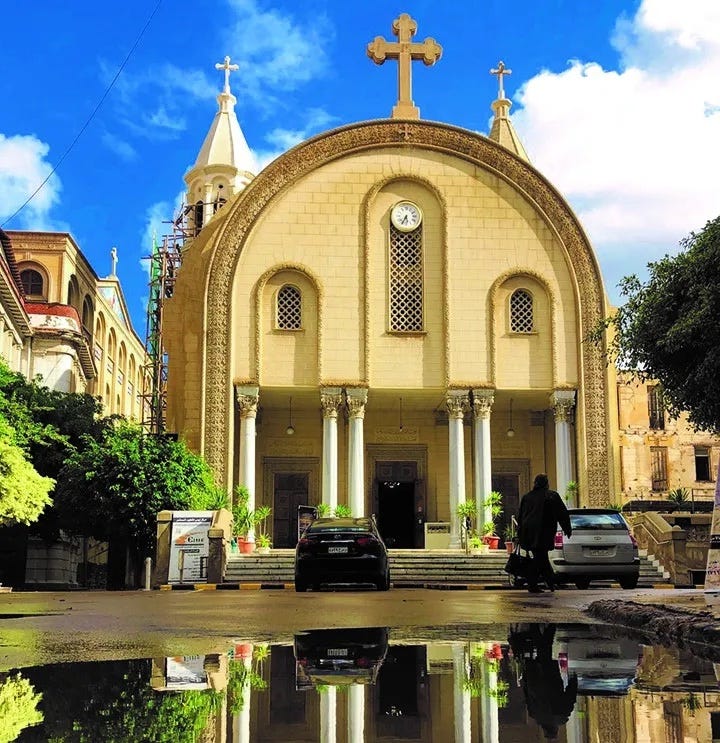
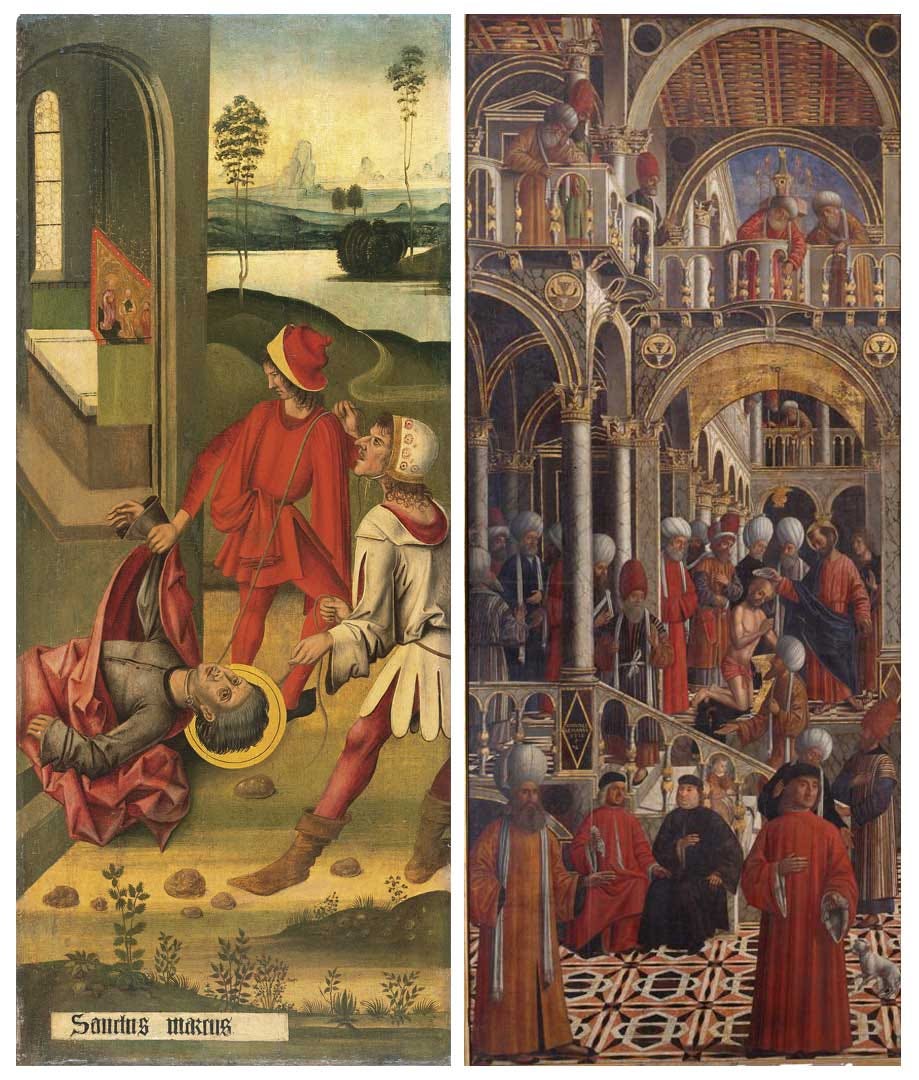

I am what's called 'Sola scriptura', or only scripture. Even then I seek to 'get to the root', and rightly divide scripture.
If I leave that, I can't trust it, for sure.